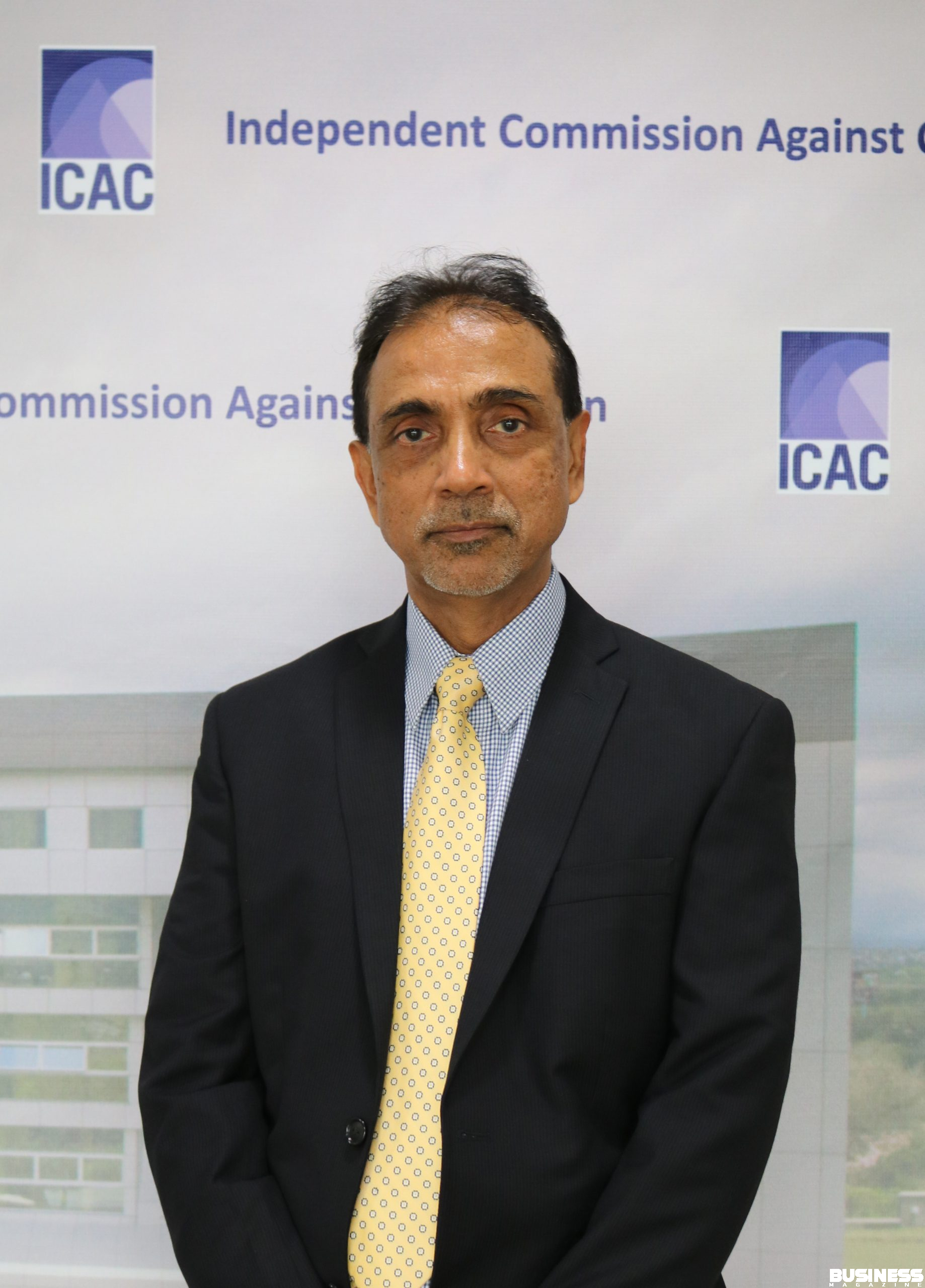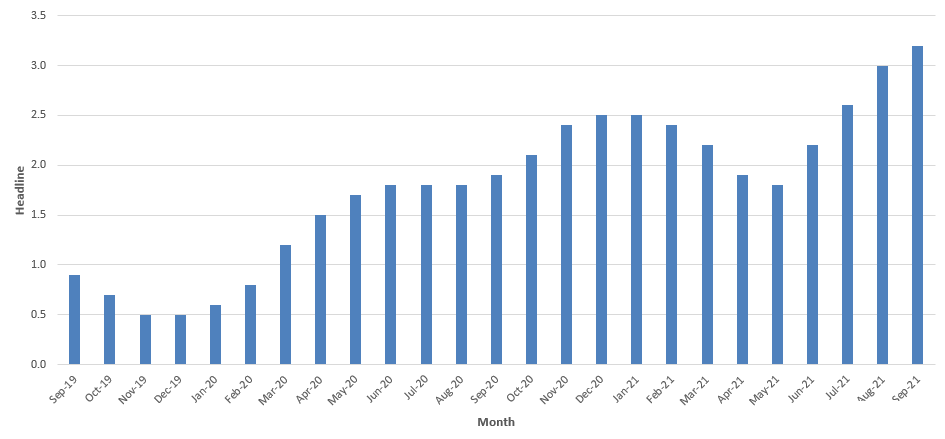Shinjini Kumar: “The Indian economy needs a huge amount of investment”
Share

The Executive Director of PwC India was in Mauritius recently to run a workshop on managing debt exposure in India. She gives an overview of the evolving Indian market and the perspectives lying ahead, with India poised to enter a high-growth phase.
BUSINESSMAG. The Indian government introduced a new set of Foreign Portfolio Investment (FPI) regulations. What are the changes brought about in the market that investors need to be aware of?
The FPI regulation is part of the overall change we are witnessing in India’s ability to raise external equity and debt. The reality of the Indian economy is that it is a big demand driven one. We expect that if some of the bottlenecks get solved then it will become an economy in need of a huge amount of capital.
Whenever we get started, even if it is a sustained growth rate of 5.5 per cent or 7.5 per cent, it is going to require a continuous ability to fund that growth. A lot of that capital isn’t going to come from India but rather from overseas, both by way of equity and by way of debt. There is this whole understanding within the local market: there needs to be more vibrant ability to have a corporate bonds market, for example.
Many of these ideas have been there for a long time, especially since the economic liberalisation in the 1990s but there is now greater coordination to ensure that the regulations put in place are discussed first and are user-friendly so that they actually work.
So the FPI regulation is one of those regulations where the Know your customer concept has been simplified and comprises a regime that makes it more attractive. The economy is doing better and we’ll see how that pans out along with other things.
BUSINESSMAG. How is the Indian debt market evolving right now?
India has been through a very high growth phase but has also witnessed high liquidity, which was in the market for a slightly longer period of time. Then we had multiple issues coming on the policy front: very strong headwinds both from the domestic policy logjam as well as from the global situation that was evolving. In this way, things just turned bad very quickly. One of the things to understand about India being a high demand economy is that most of the projects that are stuck are going to produce things that are already in very high demand, like power or infrastructure. Thus it’s not that India is building to capacity. These are not going to be utilised and are going to create a long-term problem.
The problem of the capacity not being created creates a bad effect itself. The availability of debt to Indian corporates became quite easy because of the high liquidity. People actually leveraged a lot on the basis of building blocks on things like coal or power will happen, just to give an example.
Now if coal didn’t happen, then power generation didn’t pan out. The debt however was already there. The thing about debt is that it requires servicing and if you are not able to do that, then it just balloons.
It’s a problem that continues to grow bigger and bigger if you do nothing about it. When the banks started suffering, they came to the realisation that often they are in the shoes of an equity holder rather than in a debt holder since equity is thinner.
So that’s when the whole debate on how to manage debt started. A lot of fundamental relooking at this whole issue has happened with the new governor. There is a lot of responsibility being put on the equity provi-ders or promoters to make sure that debt is given the status that it should have with the new Companies Act.
BUSINESSMAG.What role is PwC India playing in this transition?
Multiple. We are a full-service large firm and can start from a venture to a private equity to debt restructuring, asset reconstruction, to a FII investment to a fo-reign investor. Almost every part of the life cycle of finance is something that we would deal with in financial services. Beyond financial services we provide services such as actually going to infras-tructure companies and handholding them through their whole lifecycle of projects and cash flows; basically asset building and management.
BUSINESSMAG. What are the sectors in which investors should put their money right now?
Investment in the economy has not really picked up because of this whole policy logjam. A lot of things are happening now with the new government and there is certainly a much greater degree of interest. In fact, bankers are now saying there are a lot of new loans while some offtakes are getting better.
So if they were to advise banks for example, they would need to look at their portfolios to see what should be taken out of it. If you are entering into a growth phase, then you need to have capital as new assets. From a bank’s perspective, it could be looking at portfolio and understanding and what to do with it. Sometimes, we can even learn from a forensic study enquiring into what’s wrong and how can we learn from it in order not to make the same mistakes again.
I think, on the project and infrastructure side, the idea is that things are improving. So clients should take advantage of this situation and get started.
The question that you are asking me is, strategically, what would I tell a client to do today, right? I tend to avoid answering that question by making it more tactical! (laughs). That is because, fundamentally, we have a new government and a lot of new measures happening right now. The budget is an important indicator of this. I feel that some of the building blocks need to be placed on the policy side.
BUSINESSMAG.What will be the impact of the reversing interest rate cycles on the average Indian citizen?
India continues to have a good savings rate but at the same time, the Indian economy needs a huge amount of investments. I think if the choice has to be made, it has to be made in favour of growth.
A large number of Indians are very young and for them to grow, they actually need loans and have mortgages on their homes. They need to borrow from the banking system. If you look at only the ability to buy homes, that’s going to fuel a huge amount of growth in the economy and improve the condition of living for a lot of people. It is very important to have the ability to create assets and investments, and this applies to infrastructure as well.









